Home > Import from China Guide > Section 9
Supplier evaluation has helped you identify who you are going to work with. But before sending the money, there are lots of important details you need to take care of and have an agreement with suppliers.
You need to ensure, for example, the supplier will not leak your product and business information, products can be delivered in time, defect rate can be controlled to a low level, and the payment term as well as the payment method you got, are the best. In the following content, I’m going to show you how to confirm the 6 things below one-by-one.
- Proforma Invoice
- Proforma Invoice
When you decide to place an order, the first thing is to ask the supplier to send you a proforma invoice (PI). It’s a preliminary bill describing all the product and pricing information. Typically PI also works as a sales contract, since most suppliers won’t provide a contract. If neither you nor the supplier has a solid sales contract, just put in everything that can guarantee you to receive the right product in time.
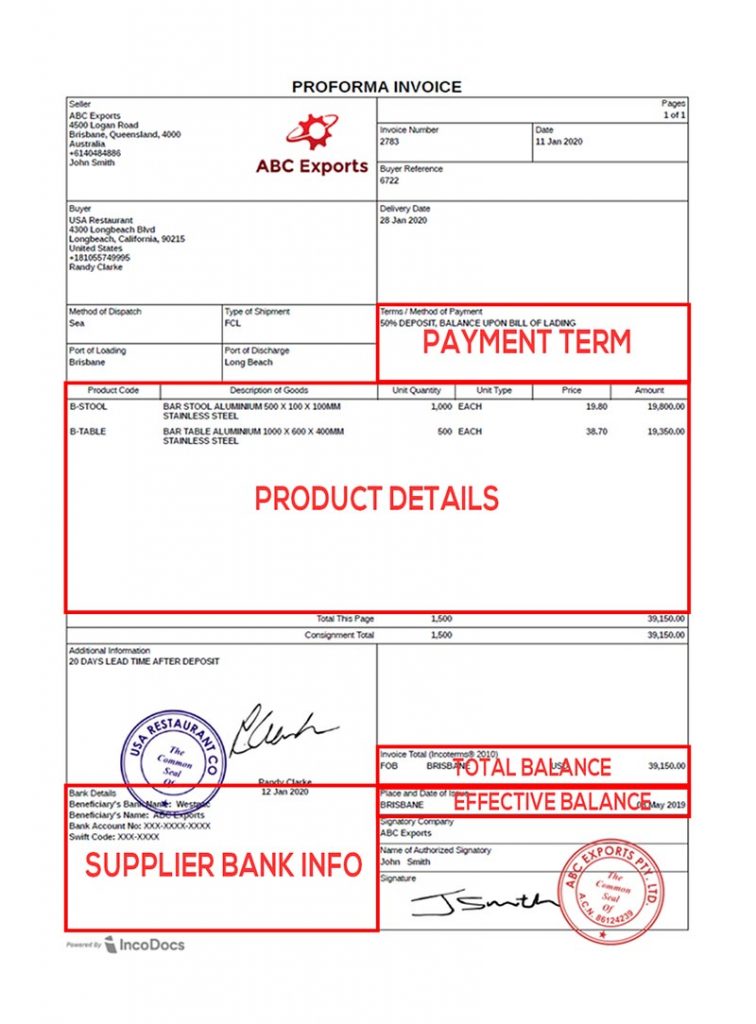
So when you got the PI, make sure it includes product price based on which trade term, the quantity of each item, product size and weight, color, what materials are used, the packaging solutions, etc.
Except for product descriptions, the PI will also contain the supplier’s bank information, payment term, the effective date of the price because the currency exchange rate between USD and CNY keeps changing.
After checking PI, if the supplier received your deposit payment, they will help you prepare materials and start production. The lead time starts on the day when they receive the deposit.
When the production is completed, the supplier will create a commercial invoice (CI), which is the final version of the PI. After confirming the costs, you pay the balance according to the amount of the invoice, then the supplier helps you ship products.

The invoice will also be used for import-export customs purposes, so make sure the amount on the invoice is consistent with what you paid. It doesn’t worth the legal risks to give the customs a lower value invoice, just for the sake of paying less import duty.
2. Non-Disclosure Agreement(NDA)
If you have created unique designs, possess intellectual properties to develop new products. It’s important for you to confirm before production is signing NDA, the Non-Disclosure Agreement. Because some suppliers might leak your product or business information by manufacturing more than you ordered, then sell the extra products to others.

Most Chinese suppliers won’t offer you an NDA to sign, so you’d better prepare by yourself. In this agreement, you can specify what information the supplier can’t share with others, such as price and designs, or clarify that the supplier cannot showcase your product for their marketing purposes. You can also specify the amount of compensation if they breach.
If you don’t have an NDA yet, I have a template for you.
However, not all Chinese suppliers are willing to sign the NDA once they see there’s a huge amount of compensation. They are afraid to be wronged as violating the NDA if other people got around them to copy the product. In this case, it’s better to stop considering these suppliers.
So is NDA effective to protect the confidentiality of your products, to prevent people from copying your product idea?
Yes, NDA works well to ensure the supplier won’t copy your product, or leak your product information from his side. If your supplier needs to find another factory to manufacture your product or just part of your product, they will also sign subsequent NDAs with each other.
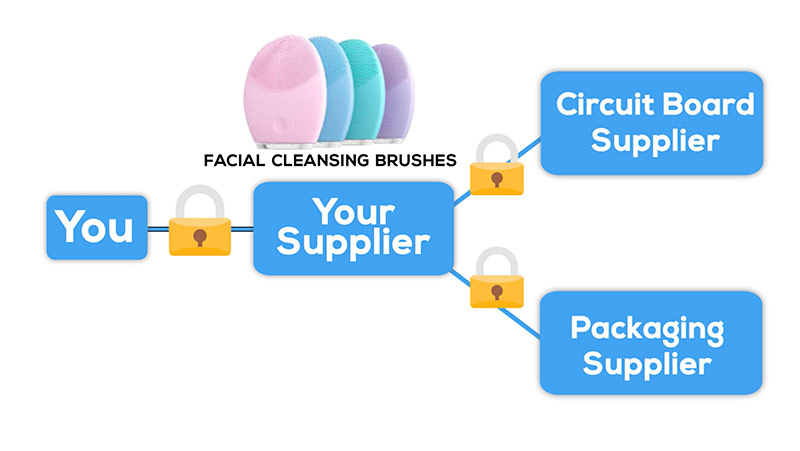
Take note: Once your product is publicly launched, anyone would be able to access your product, and copy it, which is beyond the realm that NDA can help. So the most effective protection for your intellectual property is to register patents in the countries you want to sell.
3. Lead Time and Delivery Time
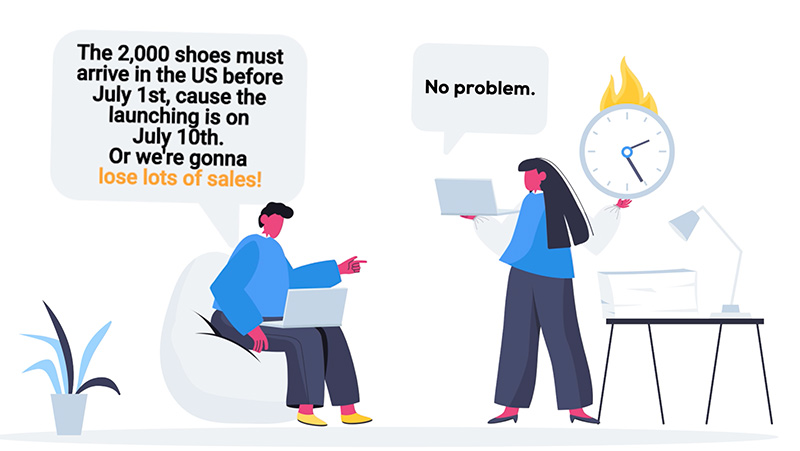
Lead time is how long it takes since you place the order until the products are ready to ship. Double-check this with the supplier before placing the order, in case they change the production schedule temporarily. For suppliers, the norm is that nobody clarifies lead time by default in PI, which can bring troubles.
When you’re tight on time, and cannot afford any production delays, don’t just orally tell your supplier about your lead time requirements. The wise choice would be putting your agreements into the PI. Breach clauses are necessary to specify the compensation amount if they failed to complete production before the time point as promised. You would not get a dime for delays if you forgot to put down detailed compensation clauses, only lead time instead.
Then let’s talk about the delivery time, it’s the amount of time that it takes for goods that have been bought to arrive at the place where you are wanted. If you need urgent shipping to arrive before a certain date, you need to sign an on-time delivery agreement with the supplier or the shipping company (if you use your own freight forwarder).
In real business, the primary purpose of signing the on-time delivery agreement is not to get paid if a delay occurs, but to urge the supplier to meet the deadline. The on-time delivery agreement only works if you’re able to hold suppliers accountable, otherwise, it’s just an empty promise. Because it’s difficult to sue them in China, especially when your order is small.
So here’s my advice, for old suppliers you have worked with before, you can restrict them by stopping future cooperations which is a big loss to him if he delays and rejects compensation duty. For new suppliers, it’s wise to hold some payment balance until you get the products in time, even if it’s not easy to persuade suppliers to accept this kind of payment terms.
4. Quality Requirements. Solution for Defective Products.
It’s fine to have some defective products, as long as the defect rate is controlled under an acceptable level.
The defect rate varies for different products, 5% is fine for most low-value ordinary products, but for high-value products sometimes the rate should be 0. So if you have concerns about the quality, you should confirm with the supplier about the acceptable rate for what type of defects before placing an order.
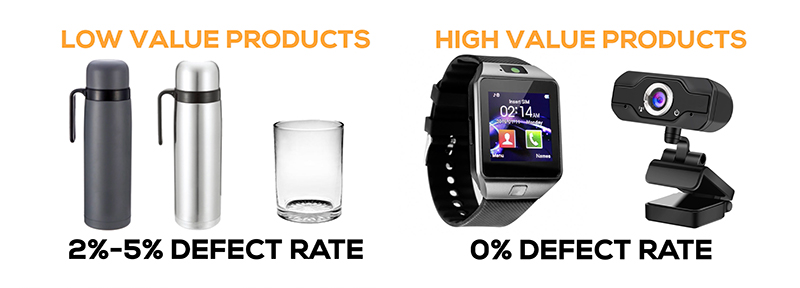
You have three options for defect rate higher than it should be:
- Ask for reproducing the whole batch of products, then run inspection again;
- Hire people to pick out the flawed items and ask for replacements, expenses caused by the supplier;
- Just ask for compensation.
Therefore, you’d better clarify your choice of defect solution and compensation requirements with the supplier before placing the order. A bad supplier would reject further communication once you came up with this issue.
5. Payment Methods
Most Chinese suppliers only accept USD payment, because it’s the most stable currency. The commonly used methods for sending USD to China are wire transfer, Western Union, PayPal, and letter of credit.
1. Wire Transfer
Wire transfer is also called T/T, bank transfer, and you need to either visit your bank or visit their website to arrange the payment. It takes 1 to 7 working days to arrive, depending on the country and the bank that it is sent from.
The transfer fee ranges from $20 to $50 for each payment, no matter how much amount you send. Try third-party wire transfer services like Veem.com, transferwise.com, if are not able to send money via your bank’s website.

2. Western Union

Western Union is good for sending money less than $5,000, when you can’t wire transfer to China directly through your bank account.
Both the wire transfer and Western Union don’t have a third party to secure the transactions. That is to say, you can’t get money back if suppliers didn’t ship you products, or give you bad quality products. That’s why you should verify the supplier before sending them money.
3. PayPal

PayPal is an effective way to guarantee transaction security, however, it costs a fee of about 4%, which is a lot when the order is above $3,000. Not all Chinese suppliers accept PayPal payment, because they are afraid that the buyer will scam, like applying for a refund after receiving products.
PayPal requires tracking records to judge if the shipment is delivered. If you have to use sea freight or air freight without a tracking system, most Chinese suppliers won’t accept PayPal. So if buying from Alibaba suppliers, you can place orders via trade assurance to minimize risks.
Besides, if you want to pay via your credit card, then you can either use Paypal or Alibaba Trade Assurance, wire transfer or Western Union do not accept credit card.
4. Letter of Credit
The letter of credit is not suitable for most of you who are new to the import-export business. It works like this, you don’t need to pay the supplier upfront, your bank guarantees the supplier will receive money once the cargo is shipped, or once it arrives at the destination port.
This kind of payment method addresses the trust issue between buyers and sellers, and it can also help buyers reduce the cashflow pressure since he doesn’t need to pay any money to let supplier start production.
6. Payment Terms
Payment term is key if you want to quickly grow the business because a better term can help a lot with the cashflow.
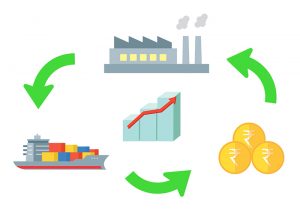
Trade business essentially is like investing money on a batch of products, after waiting weeks or months for manufacturing, shipping, and selling, you get more money generated from profits, and you still need to reinvest to buy more products.
So once your business is on the right track, a continuous cashflow will be vital. That’s why a lot of smart buyers are trying to negotiate better payment terms with suppliers. There are 4 main payment terms as follows.
1. 30% Deposit, 70% Balance Before Exporting.
Most Chinese suppliers accept payment terms like 30% deposit to start production, and 70% balance before cargos leave China. Manufacturing usually takes a month, and sea freight takes 30 to 40 days from China to U.S. That means you’ll pay a lot of money one or two months in advance before you sell any product.
2. 30% Deposit, 70% Balance Against Bill of Lading.
The most common practice is a 30% deposit to ask the supplier to start production and a 70% balance against the bill of lading. This means you don’t have to pay the balance until the cargo arrives at the port in your country. After you pay the balance, the supplier will send you the bill of lading, then you take it to the customs to pick up your goods.
3. No Deposit, Whole Balance Against Bill of Lading
If you have a very good relationship with the supplier, then you don’t even have to pay any deposit to start production, but just pay the balance against the bill of lading.
4. O/A payment
Is there any payment term that is possible to pay money after you receive products, or even 15 or 30 days after you receive products? Yes, this is called O/A payment, which is commonly used by many big retailers. You may wonder, how can suppliers ensure that the buyer will send payments after receiving products?
It works this way: For most O/A payments, suppliers will buy export insurance for each order via insurance companies like Sinosure. If the buyer didn’t pay on purpose or he was bankrupted, the supplier will get compensation of about 80%-90% of the order value, and this buyer will have bad credit.
Before suppliers agree on O/A payment, the insurance company will inspect the buyer’s business background, then give the buyer a certain amount of credit. They will guarantee the supplier can get paid as long as the order amount is less than the credit.
So do all Chinese suppliers accept late payment terms as mentioned above? Of course not, it depends on suppliers and product categories.
If it’s a very competitive product, like colored steel plates, most suppliers’ profit about only 5%. To attain customer’s order, suppliers have to offer better payment terms like 70% balance when cargo arrives at the destination port.

The other situation is that the buyer’s order amount is always large, like at least tens of thousands USD per order. Suppliers are willing to offer better payment terms to attract customers’ orders.
To Wrap Up
I hope you found this post beneficial, and feel more confident about your decision. If you have any questions about today’s topic, let me know by leaving a comment below.
We, a leading sourcing company in China, help our clients find the best manufacturers, ensure the quality of products and arrange the shipment to their doorsteps, making the whole sourcing process a lot easier and safer. If you’d like to source products from China, feel free to CONTACT US.
0
0
votes
RATING
